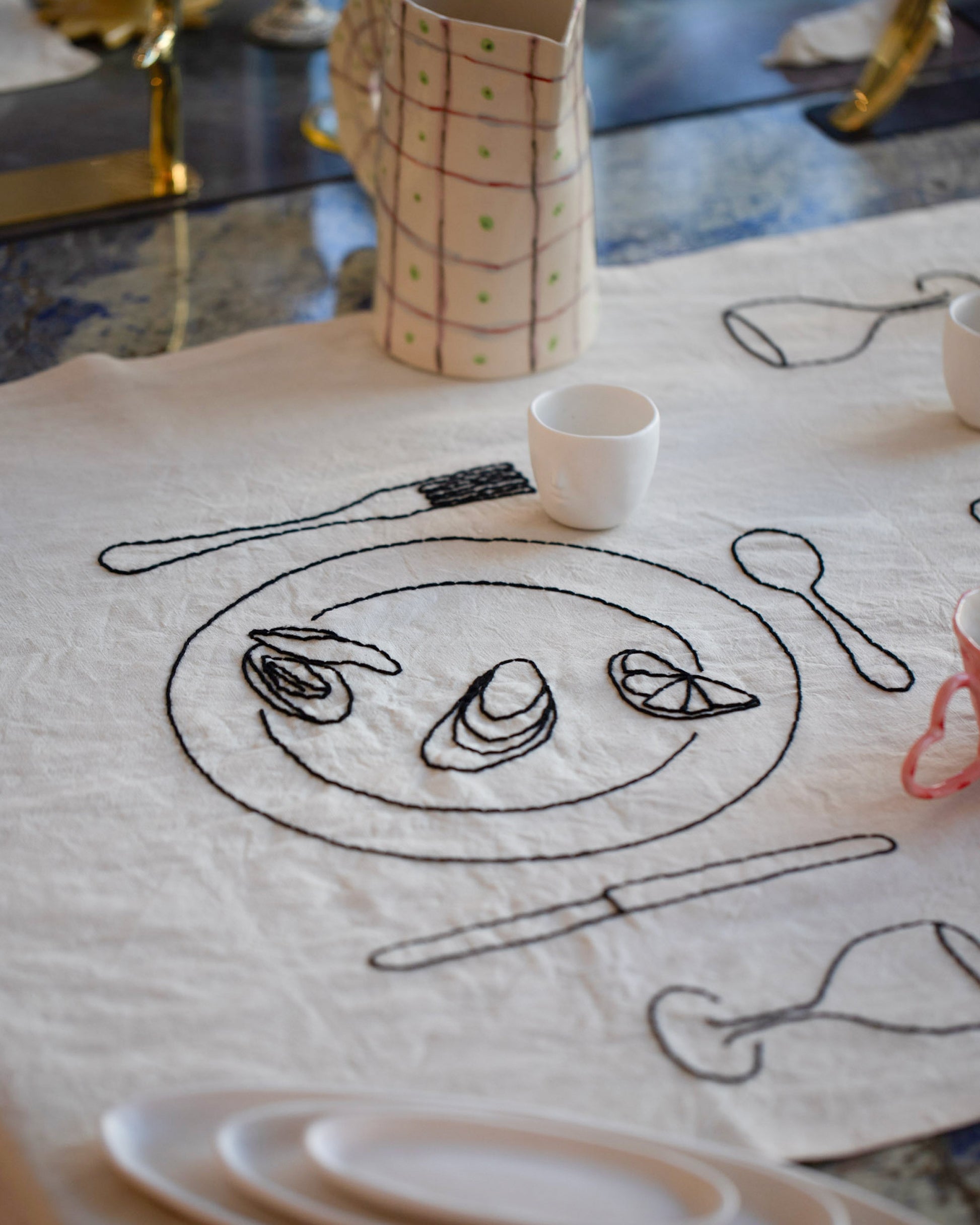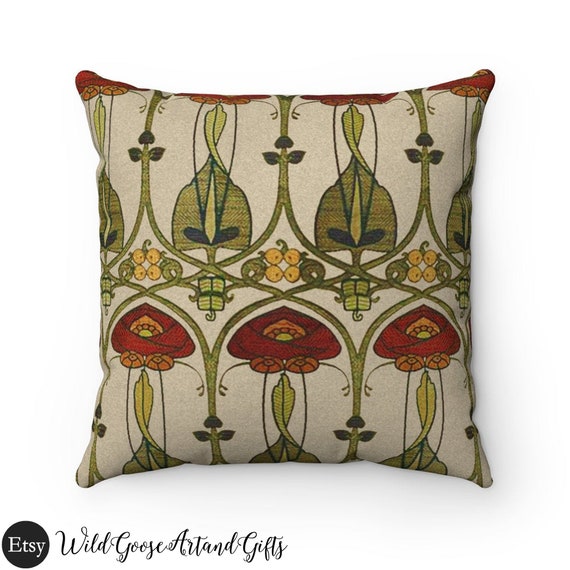Some Known Details About Unique Art
Some Known Details About Unique Art
Blog Article
9 Simple Techniques For Unique Art
Table of ContentsGetting My Unique Art To WorkAn Unbiased View of Unique ArtUnique Art Fundamentals ExplainedA Biased View of Unique Art
While one might discuss which art type holds precedence, the reality continues to be that each of these 7 kinds supplies a distinct window into human history, culture, and advancement. They are the tapestries that chronicle our trip, reminding us of our past while inspiring visions for the future.Fantastic artwork narrates, makes people look two times, and develops an one-of-a-kind experience that can not be matched. Art and pictures interact every one of that via shade, form and other design elements. Find out just how to make your distinct art work attract attention from the group.

8 TRIA GIOVANEqual parts grand and laidback, this entrance hall created by Anthony Baratta is the excellent blueprint to comply with if you're enhancing an official entryway that still really feels unfussy and comfortable. Formed fabrics take facility stage (see the carpets and the couch), yet they also help bring the high ceilings to a human range when hung over wallpaper.
The Definitive Guide for Unique Art
18 Heidi Caillier DesignA gallery wall surface does not need to use up the entire space. Actually, often a small one can make a bigger design statement. In this living-room, Hiedi Caillier chose micro-mini frames and an arbitrary composition. Promotion - Continue Reading Below19 Stephen Kent JohnsonDesigner Juan Carretero chose a deep green paint shade to contrast with the light timber surfaces.
The elements of this languageits shapes, lines, colours, tones, and texturesare used in numerous methods to produce experiences of quantity, area, activity, and light on a flat surface. These elements are integrated right into expressive patterns in order to stand for genuine or supernatural phenomena, to interpret a narrative motif, or to develop wholly abstract aesthetic relationships.
Later the notion of the "fine artist" developed in Asia and Renaissance Europe. Prominent painters were paid for the social standing of scholars and courtiers; they signed their job, chose its design and frequently its subject and images, and developed a much more personalif not always amicablerelationship with their clients. During the 19th century painters in Western societies started to shed their social setting and safe and secure visit site patronage.
All About Unique Art
Others earned an income via visiting exhibits of their work. The need to interest an industry had actually changed the comparable (if much less impersonal) demands of patronage, and its impact on the art itself was possibly similar too. Usually, artists in the 20th century might get to an audience just via industrial galleries and public galleries, although their work might have been periodically reproduced in art periodicals.

Do not replicate the style of other artists if you're attempting to locate your style. Duplicating various other people's art work can be great in educational objectives however it will certainly not make you closer to finding your very own unique design. Your imaginative style has to be, what you such as and what motivates you.
I would certainly think about your very own design as a check here style you repaint in naturally, when you release all ideas and guidelines and just focus on paint, not considering it. Unique Art. The style needs to come naturally to you when you are unwinded and you can't force it or it won't be your very own style, just a person else's
Everything about Unique Art

With time you'll have the ability to sort all of them right into useful site your favorite and least preferred categories. Attempt to concentrate your focus on the subjects and mediums that you like and before you see it coming you'll have your own individual and unique design, like no one else have! So in the end you'll have a few favorite based on repaint and perhaps a couple of preferred mediums.
The style has to develop itself in time with a great deal of method and experiments - Unique Art. Thank you for reviewing this message and if you have any kind of questions leave them in the comments below, I would certainly enjoy to respond to these
Report this page